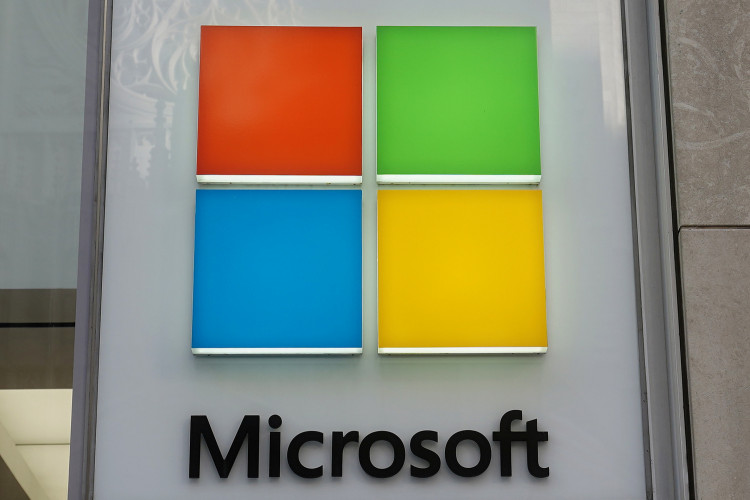Microsoft has confirmed that a distributed denial-of-service (DDoS) cyberattack was behind the Azure outage that disrupted services for nearly 10 hours on July 30. The incident, which affected various Microsoft services including Microsoft 365 products and Azure, highlights the tech giant's vulnerability despite its robust cybersecurity measures.
The outage began at approximately 11:45 a.m. UTC and was resolved by 7:43 p.m., as detailed on Microsoft's Azure status history page. During this period, users across the globe experienced difficulties accessing services such as Azure App Services, Application Insights, Azure IoT Central, Azure Log Search Alerts, Azure Policy, and the Azure portal itself. Additionally, Microsoft 365 and Microsoft Purview services were impacted.
The DDoS attack involved adversaries overwhelming Microsoft's services with a massive surge of traffic, causing them to malfunction. "An unexpected usage spike resulted in Azure Front Door and Azure Content Delivery Network components performing below acceptable thresholds, leading to intermittent errors, timeouts, and latency spikes," Microsoft explained. The company admitted that the attack triggered its DDoS protection mechanisms, but a flaw in these defenses amplified the attack's impact instead of mitigating it.
Sean Wright, head of application security at Featurespace, commented on the situation, noting that the outage, despite Microsoft's existing protections, underscores the critical need for thorough software testing. "Similarly to the CrowdStrike issue a few weeks ago, it appears that an error occurred in the software used to protect against DDoS attacks," Wright said.
The timing of this new outage is particularly unfortunate for Microsoft, coming less than two weeks after a CrowdStrike update caused widespread crashes of Microsoft Windows machines. The tech giant has been proactive in its communication, promising to publish a Preliminary Post Incident Review within approximately 72 hours to provide more details on the event and its response. Microsoft also advises users to configure and maintain Azure Service Health alerts to stay informed about future service issues.
This latest incident has not only disrupted businesses globally but also impacted critical infrastructure. According to the BBC, organizations affected included water utilities, courts, and banks, such as the U.K.'s NatWest bank. The outage has further strained Microsoft's reputation, which had already been under scrutiny due to the recent CrowdStrike incident.
In response to the DDoS attack, Microsoft's investigation revealed that the initial unexpected usage spike led to components performing below acceptable thresholds. The company stated, "A DDoS attack triggered protection mechanisms, but an implementation bug in those defenses caused the attack's impact to be amplified rather than mitigated." This admission points to a significant oversight in Microsoft's cybersecurity measures.
The incident's aftermath saw Microsoft's stock rise slightly in pre-market trading, reflecting investor confidence in the company's swift response and transparency. However, the stock remains down over 25% for the year, highlighting the broader challenges Microsoft faces.
The cyberattack's impact was widespread, affecting many sectors and highlighting the interconnected nature of modern digital infrastructure. The outage not only caused immediate disruptions but also posed long-term challenges for Microsoft in regaining trust and ensuring robust cybersecurity measures.




